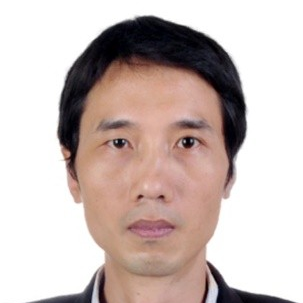Quantum Optics and Quantum Information Processing 2018
A special issue of Applied Sciences (ISSN 2076-3417). This special issue belongs to the section "Quantum Science and Technology".
Deadline for manuscript submissions: closed (30 April 2019) | Viewed by 14331
Special Issue Editor
Special Issue Information
Dear Colleagues,
Quantum optics studies the behavior and interactions of light and matter in terms of quantum mechanics. Quantum information science deals with the information processing tasks using quantum systems and enables the performance of specific tasks that are unachievable in a classical context. The last two decades have seen the impressive development of these two closely-related fields, both in theory and in experiments. This Special Issue of Applied Sciences will focus on new and important results in the field of Quantum Optics and Quantum Information science, as well as comprehensive review on recent key progress in this area. Topics of interest include, but are not limited to, theoretical and experimental research in quantum state engineering, quantum cryptography and communications, quantum imaging and metrology, quantum simulation and computation.
Prof. Dr. Yongmin Li
Guest Editor
Manuscript Submission Information
Manuscripts should be submitted online at www.mdpi.com by registering and logging in to this website. Once you are registered, click here to go to the submission form. Manuscripts can be submitted until the deadline. All submissions that pass pre-check are peer-reviewed. Accepted papers will be published continuously in the journal (as soon as accepted) and will be listed together on the special issue website. Research articles, review articles as well as short communications are invited. For planned papers, a title and short abstract (about 100 words) can be sent to the Editorial Office for announcement on this website.
Submitted manuscripts should not have been published previously, nor be under consideration for publication elsewhere (except conference proceedings papers). All manuscripts are thoroughly refereed through a single-blind peer-review process. A guide for authors and other relevant information for submission of manuscripts is available on the Instructions for Authors page. Applied Sciences is an international peer-reviewed open access semimonthly journal published by MDPI.
Please visit the Instructions for Authors page before submitting a manuscript. The Article Processing Charge (APC) for publication in this open access journal is 2400 CHF (Swiss Francs). Submitted papers should be well formatted and use good English. Authors may use MDPI's English editing service prior to publication or during author revisions.





